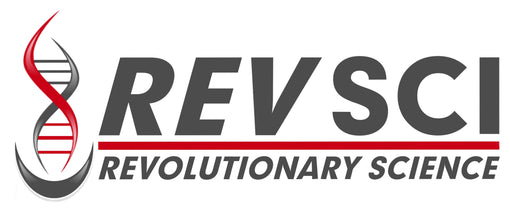
Setting up your laboratory for the first time can be a daunting prospect, no matter how well trained you are or how many labs you’ve been in. To make sure you can perform every task you’ve designed your lab for, you’ll need the right equipment. You’ll need to fill at least these four categories of equipment to set up your workspace optimally to conduct all your projects.
1. Sterilization
Your lab needs to meet exacting standards of cleanliness, which include sterilizing your utensils. You’ll need an autoclave for most of your sterilization work, which uses steam and pressure to kill bacteria on the surfaces. In an autoclave, water will boil and trap the steam inside the closed container, which creates pressure that elevates the steam’s temperature far beyond water’s ordinary boiling point.
Just be careful what materials you put into the autoclave; because it uses steam and pressure, not all substances will survive the sterilization process. You can use an autoclave on most glassware and some liquid substances, like saline solutions, but if your concoction doesn’t stand up to water or heat well, you’ll have to find another way to sterilize it.
2. Temperature-Regulated Storage
By this point, you know that many materials require precise storage conditions, or they will deteriorate and be unusable. When you need to keep samples for a bit before using them in your projects or between phases of a trial, you’ll need an incubator set at a temperature in which your microbes will thrive. You may find it wise to keep multiple incubators in your lab, set at different temperatures to accommodate different samples.
Chemicals, bacteria, antibiotics, serums, and other materials often require cold environments to maintain the right status, so you’ll need a refrigerator with settings that accommodate the substances you intend to store. A deep fridge is also useful if you have samples that need preservation at below-freezing temperatures.
3. Combination and Separation
To mix materials, sometimes you need to heat or melt the individual samples and allow them to reach a more malleable state. For projects that require a precise temperature below boiling, you can use a water bath with thermostatic controls; a shaking water bath will even do the mixing for you. Water baths keep a more consistent internal temperature, which will provide the necessary stability.
On the other hand, if you need to separate elements of your samples gently but precisely, a centrifuge or microcentrifuge may be a great asset. Look for one with a wide range of RPM: sometimes, you may need high RPM to separate stubborn particles, while other times, you may need a low RPM to gently encourage cells to part.
4. Inspection and Tracking
If you can’t see the intricacies of your work, the rest of your lab isn’t as significant. You’ll need machines that allow you to view your projects and evaluate the results of your labors. Keep careful records of the progress your projects make to avoid needless repetition.
If you grow microbes in this lab, you’ll want some way to track your progress, which means you need a colony counter that fits your projects. Colony counters can be mechanical, which means that you magnify a colony and count the bacteria in your sample. They can also be electronic, which will automatically do the counting for you.
If you want any of these or other pieces of equipment to furnish your lab, check RevSci. RevSci creates laboratory equipment from autoclaves to PCR machines and incubators. Get the full list of products available today, and see how RevSci can help your microbiology lab reach its full potential.

